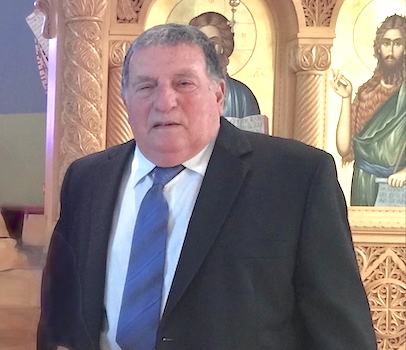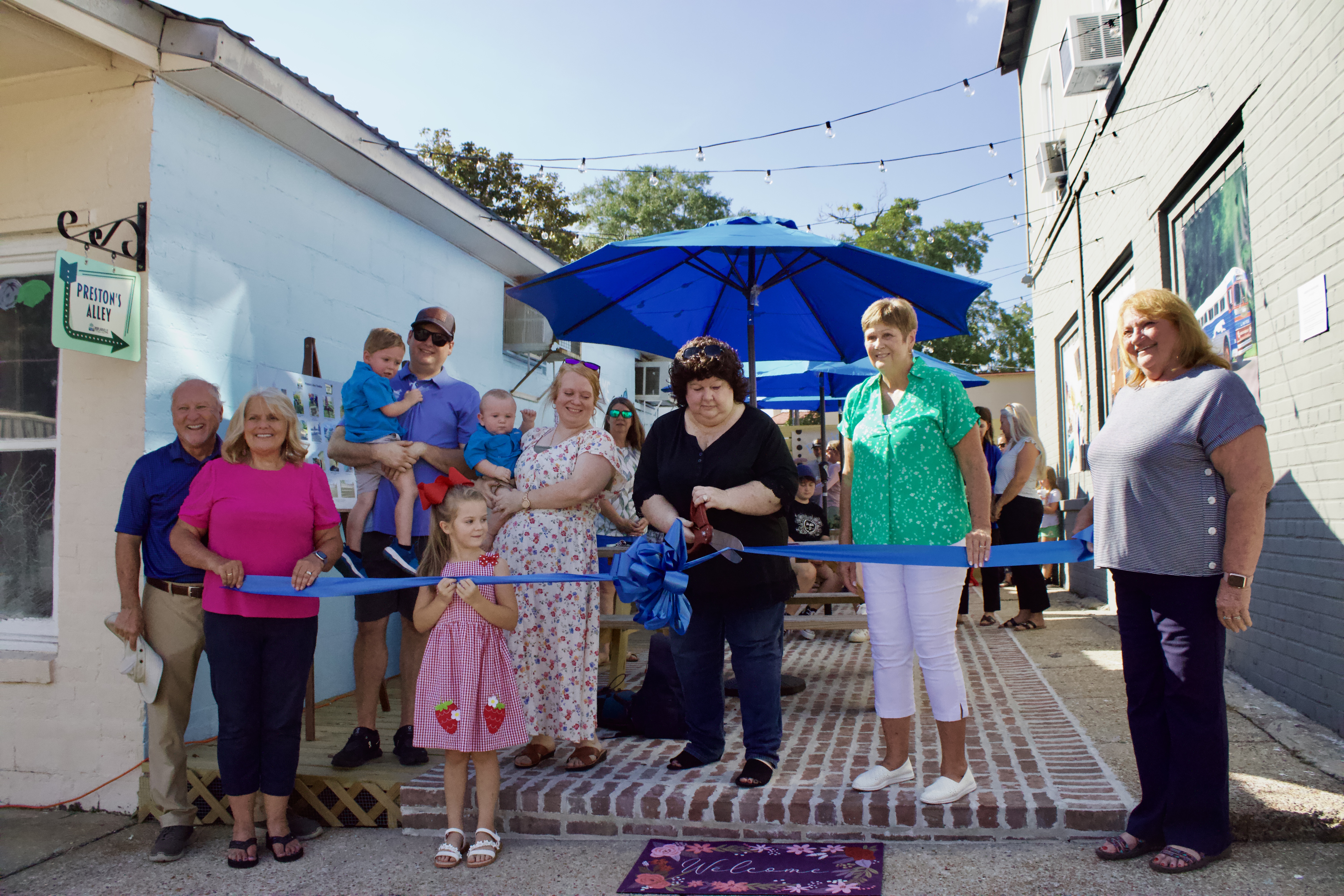NASA discusses the future plans for mankind’s journey to Mars
Published 7:00 am Saturday, January 7, 2017

TAKE OFF: NASA Administrator Charles Bolden and Director of Stennis Space Center Rick Gilbrech discussed the future plans leading to NASA’s journey to Mars in the 2030s.
Photo by Taylor Welsh
On Friday, NASA Administrator Charles Bolden discussed the agency’s planned journey to Mars during his final visit to the Stennis Space Center before completing his tenure on Jan. 20.
“Nothing goes to space without going through Mississippi. Every engine that has made it to space was tested at these grounds here at Stennis,” Bolden said.
The B-2 Test Stand at Stennis was renovated to test the Space Launch System core stage so it can test fire all four RS-25 rocket engines, which will be used to propel exploration missions to Mars.
“I have never got to see a main propulsion test with the shuttle. When you have the whole cluster of engines together I am told that is very impressive, so I am making Mr. Gilbrech promise me that I can have a temporary badge for the testing of SLS, which is just around the corner,” Bolden said.
NASA plans to hot-fire test the SLS core stage with its four RS-25 engines this year to ensure the rockets are prepared for flight.
“These past couple of years Hollywood has been good to us with all these movies and to me. That is the excitement. When I see those movies, it’s my dreams being fulfilled on the cinematic scope,” Rick Gilbrech, director of Stennis Space Center, said. “Our workforce is extremely proud to be testing the hardware that hopefully puts those footprints on another planet soon.”
The journey to Mars is broken down into three segments, Bolden said, and we are living in the first stage, which is called the Earth-reliant stage.
Bolden said this stage started in the 50s, and allows humans to live in low Earth orbit and be able to return home in a matter of minutes or hours.
However, he said mankind is getting ready to enter the second stage, which consists of two major flights that will be critical in reaching the final stage of the exploration to Mars.
The first flight in the second stage will be on SLS in the Orion spacecraft in 2018. This unmanned flight will cruise around the moon for an as yet determined period of time. It will be a “shake down cruise” for the vehicle to see if it can withstand longer trips in space, Bolden said.
The next major flight is set to take place in 2021, where the first crewed mission will spend the 2020s orbiting the moon to finish development of technologies and equipment necessary for NASA staff to feel confident to send humans to Mars. Bolden said this decade will be called “the proving ground.”
“Life support systems like space walk and extravehicular activity systems need to be much better than they previously have been,” Bolden said. “For example, we can’t have a toilet sent into space that can’t make it more than three years.”
The third and final phase of the journey to Mars is called Earth independent and is set to start in the early 30s, Bolden said.
One trip for human exploration of Mars will take approximately 3 years. Eight months of that trip will be required to get to the planet, one year will be spent in orbit and on the surface and another eight months will be required for the trip home, he said.
Throughout these phases, Bolden said another eight minor exploration missions will be scheduled, one of which will be the first mission to put humans on an asteroid.
“As this year passes, you should hear [NASA] talk more about the meat of what is going to be in each of these exploration missions,” Bolden said.
In 2020, NASA will discuss the missions they want to schedule in the first human exploration to Mars.





